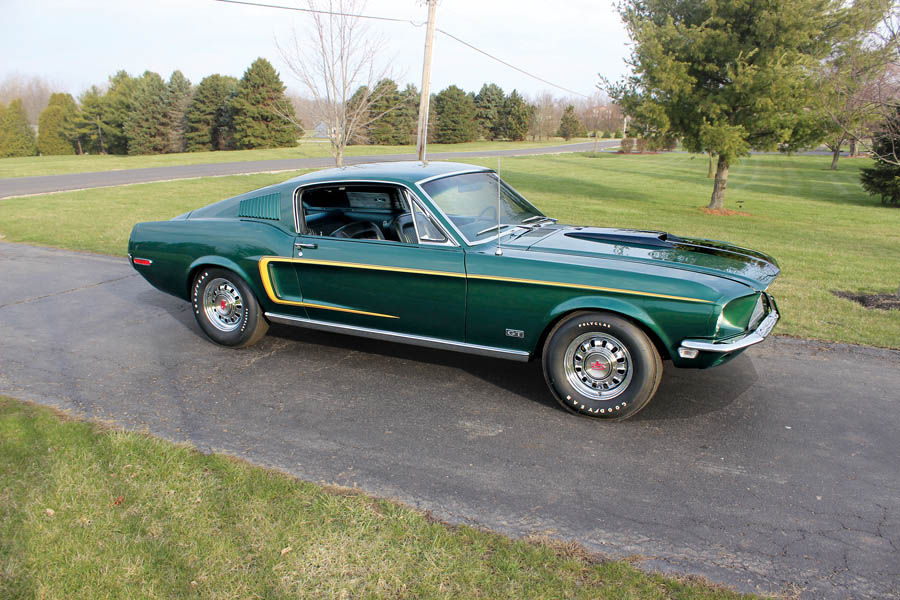- 428-ci, 335-hp Cobra Jet V8 engine
- 4-speed manual transmission
- Deluxe Marti Report confirms engine, transmission and colors
- Professionally restored by Signature Auto of Gahanna, OH — completed in June 2016
- Restoration utilized many original components
- Reported this includes engine and transmission
- GT Equipment Group
- Very detailed throughout
- Philco AM radio
- Argent wheels
No chassis number available

